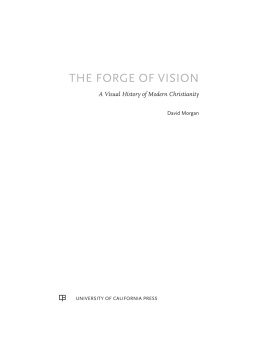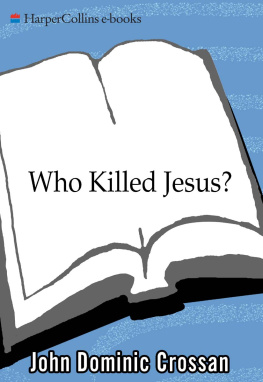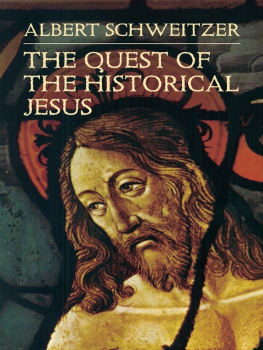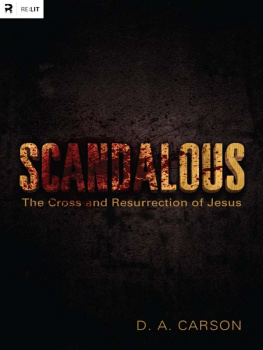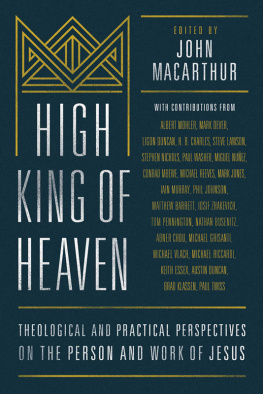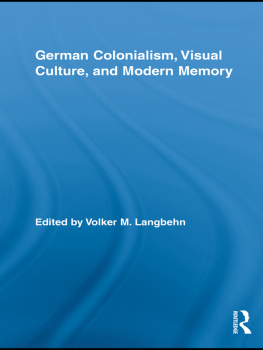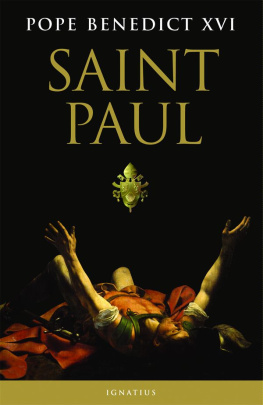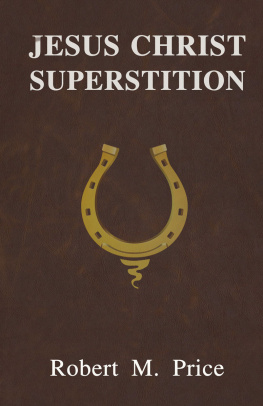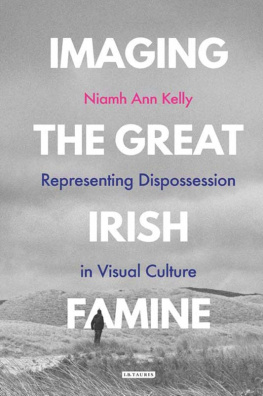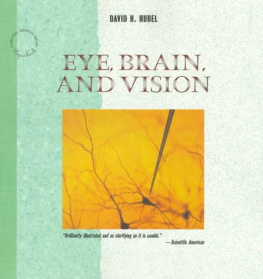ACKNOWLEDGMENTS
I would like to express my gratitude to several colleagues who answered queries, recommended literature, provided imagery, and occasionally read drafts of this book. These include Kwabena Asamoah-Gyadu, Jeff Korum, Julie Byrne, Erika Doss, Jane Garnett, Shalom Goldman, Marc Brettler, Richard Howells, Sandy Brewer, Asonzeh Ukah, and Stephen Pattison. My thanks to research assistants Jamie Brummitt and Brenna Keegan for reading the entire manuscript and providing greatly appreciated assistance in copyediting, tracking down citations, hunting information on images, and reading entire drafts of the manuscript. Special thanks go to Stephen Pattison and Edmond Tang of the University of Birmingham for inviting me to deliver the 2012 Cadbury Lectures, which were the origin of this book, and for hosting me and my wife so cordially while we were in Birmingham. Stephen read drafts and generously commented on them and has continually proven to be a wonderful friend and colleague.
In addition to the Cadbury Lectures, several other venues were very helpful in allowing me to develop my ideas. A portion of chapter 4 was presented in a seminar hosted by the faculty of theology at Cambridge University several years ago. Chapter 6 was presented in various forms in the department of art history at Columbia University and at the Philadelphia Museum of Art. Chapter 2 was the basis of a lecture in the department of art history at the University of Chicago, and chapter 3 at Heidelberg University. I thank each institution, the colleagues who invited me, and the audiences assembled for their instructive comments and suggestions.
Small bits and pieces scattered throughout this book have been drawn from essays previously published. A short portion of chapter 2 appeared in American Art Journal and part of chapter 4 in the journal Culture and Religion. A few paragraphs in chapter 5 appeared as part of an essay in the online forum Religion and Politics. A paragraph or two of chapter 6 appeared in an essay published in the exhibition catalogue, James Tissot: The Life of Christ, which accompanied an exhibition on Tissot at the Brooklyn Museum.
Finally, it is my pleasure to dedicate this book to my wife, Larissa Carneiro, whose patience and support made writing it a possibility.
The Edward Cadbury Lectureship was established in 1941 by Edward Cadbury Esquire, LL.D. for the furtherance of the study of Theology in the University of Birmingham, according to the Regulations there shall be an annual course of Lectures, usually eight in number, to be delivered in either the Autumn or Spring Term. The theme of the Lectures shall be concerned with some aspect of the Christian faith, the original intention of the Founder being that it should be concerned with the relations past, present and future, of Christianity or civilisation and culture.
INTRODUCTION
In the 1559 Latin edition of his monumental Institutes of the Christian Religion, John Calvin excoriated humanitys inclination to substitute its conceptions of deity for the true God. Human ingenuity, he said, was a perpetual forge of idols (idolorum fabricam). The phrase recalls the biblical tradition of denouncing the production of idols from wood and metal. Whatever else one may think of it, Calvins critique of the imagination or the visual operation of cognition surely gets one thing right: human beings manufacture their worlds with the images they craft. Even if they are not worshipped, images exert powerful effects over those who use them. We believe them, cherish them, hoard them, exchange them, remember by means of them, and use them to protect ourselves, to glorify ourselves, to recreate ourselves. Imagination is how we put images to work inside and outside our minds in order to accomplish all these things.
IMAGINATION
I have called this book The Forge of Vision not because I wish to endorse Calvins views on idolatry, but because I like very much that he recognizes the cultural work seeing performs, even if he regards it in a very negative light. Moreover, the phrase acknowledges that vision is a cultural operation. The forge of vision is the cultural formation of seeing at any number of levels. Human beings are in the business of fashioning imagery that acts as their understanding of the world. Modernity has facilitated this brain function with conceptual innovations and a steady stream of new techniques in science, technology, education, commerce, artand in religion. Each of these areas of modern culture has generated images, visual practices, and image-making devices that serve as instruments for shaping imagination and grasping the world around us.
Yet perhaps because of the power and scope of such visual technologies, seeing has come under considerable suspicion in the modern era, much of it charged with an antagonism comparable to Calvins epistemological critique. Vision is often conceived as a distant, disembodied sense, and vision as contemplation or philosophical reflection in particular has been criticized as taking the shape of a remote and magisterial gaze that reduces everything it sees to its object. With this and other such mechanical explanations of human interiority, modernity took shape and the forge of vision began to emerge as an engine of cultural construction.
But fancy continued to bear the stigma of deception and the marginal status of contrivance as the faculty of seeming. The tradition of Enlightenment thought came to recognize the power of imagination for its constructive activity in conception, but also expressed wariness regarding its results. In setting out his guidelines for the proper interpretation of nature in 1620, Francis Bacon warned readers of the specious meditations, speculations, and theories of mankind that skewed genuine understanding.

